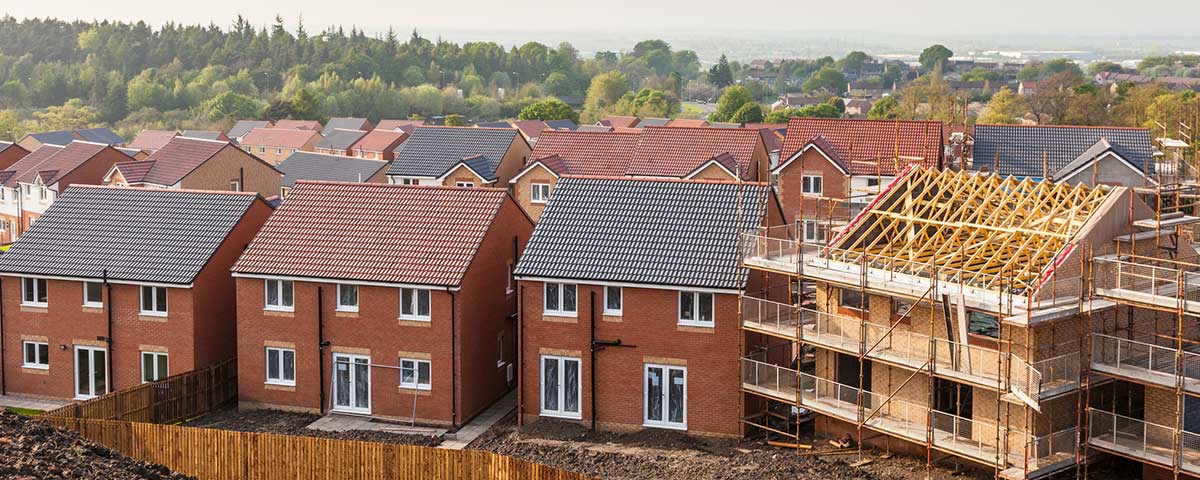
On 1st September 2020, one all-encompassing new planning use class called Class E was created covering offices, most shops and restaurants1. As moving between these uses does not, in planning terms, constitute development, the creation of Class E resulted in significant flexibilities whilst also limiting local planning authorities’ roles in controlling such change. However, this effectively left the planning system operating with two use classes orders, the new and the old – for managing existing permitted development rights that have allowed the conversion of offices to residential.
For background, take a look at our Use Classes 2020 handy guide. We also previously published a briefing that dealt with the introduction of Class E.
On 3rd December 2020, the Ministry of Housing, Communities and Local Government (MHCLG) published a consultation on “the introduction of a new right to allow for the change of use from any use, or mix of uses, from the commercial, business and service use class (Class E) to residential use (Class C3)”, which would remove the references to the previous use class order and allow the rights to all development types within Use Class E. However, these rights would also extend those currently in place: there are no size limits proposed, and the right would even apply to buildings in Conservation Areas (although it would still not include Listed Buildings, or those within AONBs, National Parks the Broads or World Heritage Sites).
The statement released by the government says that this reform will “help tackle the housing shortage by enabling commercial premises to be converted into new homes while giving high streets a new lease of life”. However, it is important to recognise that Class E covers many areas including retail and business parks, as well as some local and district centres2. The past year has been difficult for traditional retail and office sectors due to the impacts of lockdown resulting from Covid-19. There has been an unprecedented demand for online shopping and working from home, leaving centres lacking in footfall and the daytime population that supports other service industries from cafés to dry cleaners.
Therefore, in our view the concerns that this latest shake-up could exacerbate pressures on tenants, or lead to short term-decisions with potentially irreversible consequences for planned sustainable development of our towns and cities are well founded. Whilst city centres may see the loss of stores with larger retail footprints particularly in shopping centres, such as those previously occupied by businesses that have not survived the pandemic, like Debenhams, the scope and mix of uses created within Class E may prove a more appealing longer term investment to draw in footfall and increase dwellings at the same time. However, it is the potential loss of smaller units, edge-of-centre retail, or office stock requiring investment that presents the bigger challenge for authorities trying to grapple with how to juggle these new rights with a plan for longer-term sustainable economic recovery and adaptation.
Whilst the simplification to using a single use class is welcomed, will the further relaxation of rules truly help to solve the housing crisis? Or will it simply mean there will be lots of councils diverting resources away from positive planning to the implementation of Article 4 directions to prevent the loss of commercial properties to residential in order to maintain a degree of control over the future of towns and cities?
The government consultation on this is open now and runs until 28th January 2021; responses can be submitted online or sent via email or post.
1. Previous uses falling under A1 (with small exceptions), A2, A3, B1 and parts of D1 and D2 have now changed to the new Class E
2. Noting that shops (mostly) selling essential goods, including food, where the shop’s premises do not exceed 280 square metres and there is no other such facility within 1000 metres are excluded from Class E and classified separately under the new Use Class F2 – Local community facilities